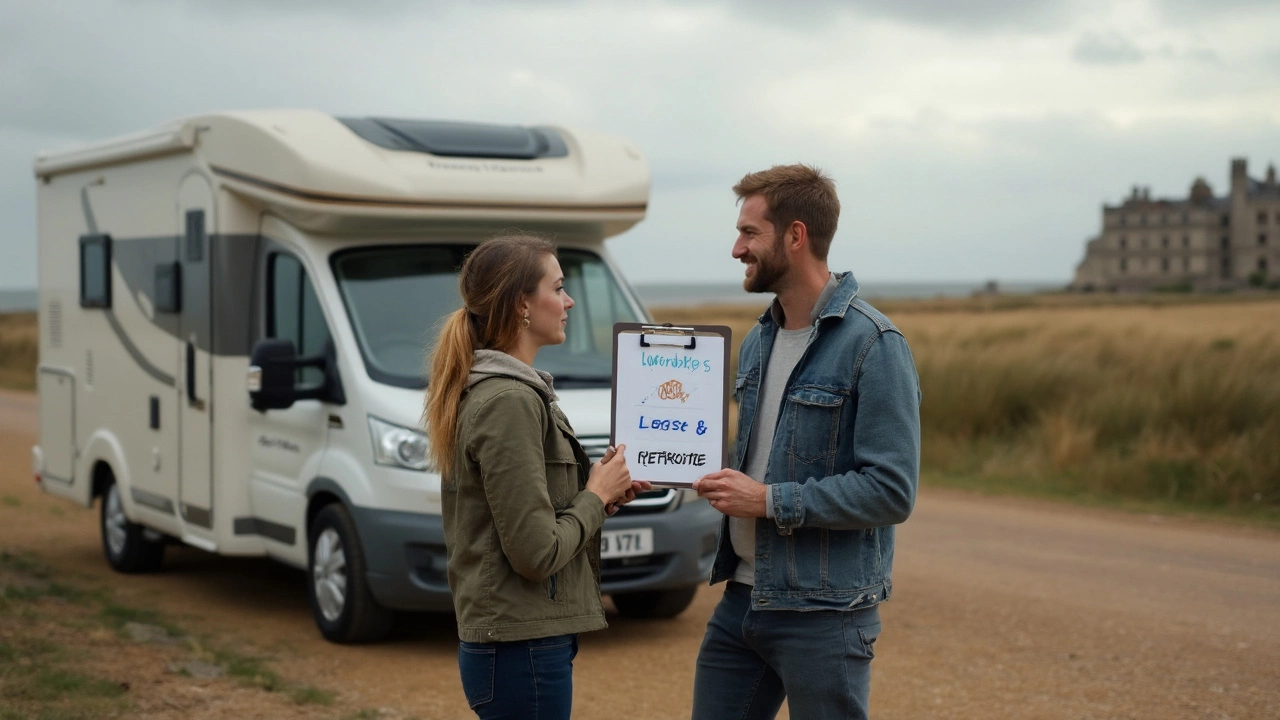Campground Investment Guide: Turn Campsites into Profit
If you love the outdoors and want a steady cash flow, buying a campground can be a smart move. Unlike hotels, campsites need less staff, lower overhead, and they attract a growing market of road‑trippers, families, and glampers. Below are the key steps to make a campground work for you.
Why Campgrounds Are Worth Considering
First, demand is rising. More people are choosing motorhome holidays, and the UK government’s push for domestic tourism keeps the numbers up. A well‑located site can fill 60‑80% of its spots even in off‑peak months, giving you reliable income.
Second, operating costs stay low. You’ll spend most of your money on land, utilities, and a few amenities. No need for a big kitchen staff or constant room cleaning. That means the profit margin can be higher than traditional lodgings.
How to Evaluate a Potential Purchase
Start with location. Look for sites close to popular trails, lakes, or coastal routes. Easy road access and nearby attractions boost occupancy. Use Google Maps to check traffic flow and rival campgrounds within a 20‑mile radius.
Next, crunch the numbers. Get the annual revenue, average nightly rate, and occupancy percentage. A quick formula—Revenue = Nightly Rate × Occupancy Days × Number of Sites—gives you a baseline. Compare that to the operating expenses: water, electricity, waste disposal, insurance, and staff. Aim for a net operating income (NOI) that’s at least 20% of the purchase price.
Don’t forget the land’s zoning. Some councils restrict new camping permits, while others encourage development. Ask the local planning office for the latest regulations and any upcoming changes that could affect your business.
Finally, inspect the infrastructure. Are the power hookups up to date? Is the water supply reliable? Poor utilities can drain your budget in repairs, so factor any upgrades into the purchase price.
Financing Your Campground
Most banks treat campground loans like commercial real estate. They’ll want a solid business plan, the site’s financial statements, and a down payment of 20‑30%. If you lack a big cash reserve, consider a partnership with another investor or a “buy‑to‑manage” deal where you operate the site for a share of the profits.
Alternative funding options include:
- Government grants for rural tourism projects.
- Community‑based crowdfunding, especially if the site serves a local need.
- Seller financing, where the current owner lets you pay in installments.
Whatever route you take, keep the loan‑to‑value ratio under 70% to stay safe if occupancy drops.
Running the Site for Success
Marketing matters. List your campground on popular platforms like Pitchup, Cool Camping, and Google My Business. Highlight unique features—pet‑friendly areas, electric hook‑ups, or a nearby nature trail—and use crisp photos.
Offer tiered pricing. Basic pitches for tent users, premium spots with full hook‑ups for motorhomes, and a few glamping units for higher‑spending guests. This mix maximizes revenue per square foot.
Customer service can turn first‑time visitors into repeat campers. Simple things—clear signage, clean washrooms, and a friendly check‑in desk—make a big difference. Ask for feedback after each stay and act on it quickly.
Keep an eye on seasonal trends. In summer, focus on family packages; in spring and autumn, promote shorter stays for hikers. Adjust rates based on demand, but avoid overpricing that pushes people to cheaper competitors.
Bottom Line
Investing in a campground isn’t a get‑rich‑quick scheme, but with the right location, solid numbers, and attentive management, it can generate a reliable, growing income. Use the steps above to spot a good deal, secure financing, and run a site that campers love. Happy investing, and enjoy the freedom that comes with owning a piece of the great outdoors.
Is Buying an RV Lot a Good Investment? Real Facts You Should Know
Thinking about buying an RV lot? This article breaks down the pros and cons, from costs to real returns. Learn what to look for, common pitfalls, and some surprising facts that can affect your wallet. Get straight talk on buying in hot spots, renting out your lot, and long-term outlooks. It's everything you need to know before you sign that dotted line. No sugarcoating—just practical info to help you make a smart move.
